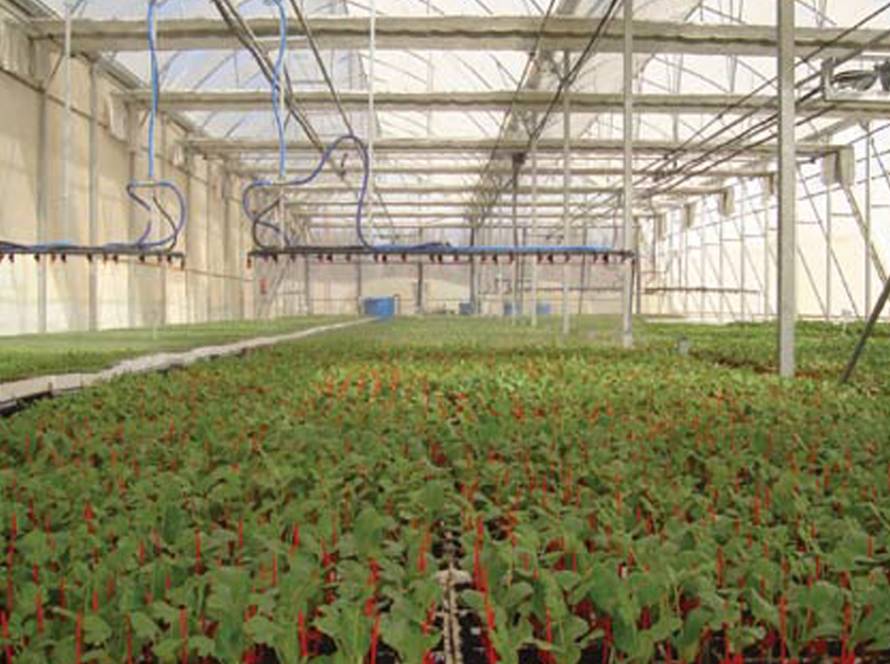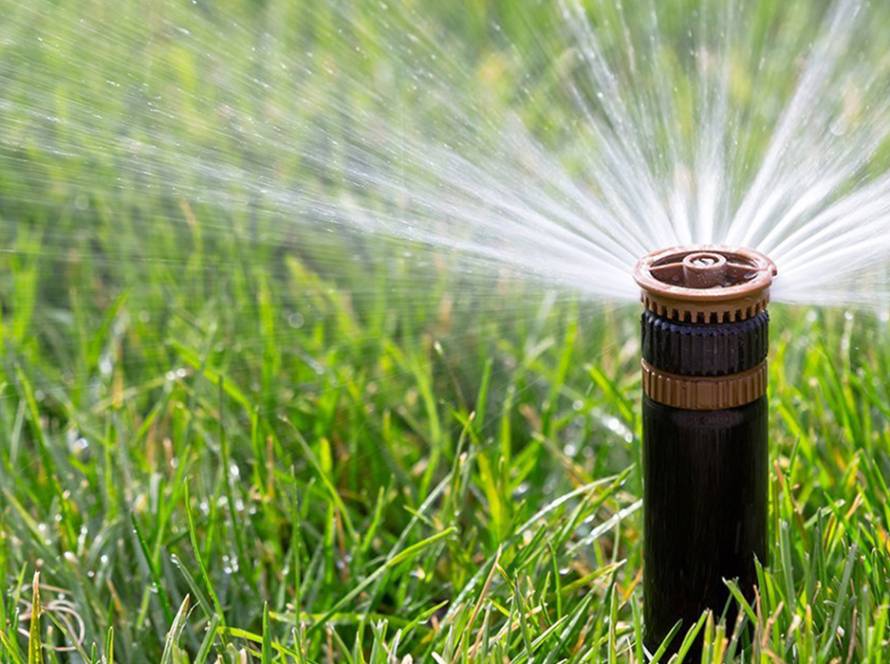( question asked multiple times):
Understanding Some Irrigation Terms in Agriculture
Irrigation is a crucial aspect of modern agriculture, ensuring that crops receive the necessary amount of water for growth and development. Various irrigation practices have specific terms that every farmer or agriculture enthusiast should understand. Below are a few key terms often used in irrigation systems:
- Seeding Irrigation:
This refers to the first irrigation that occurs immediately after seeds are planted in the soil. It is essential for helping the seeds settle into the soil, promoting early germination. This irrigation provides moisture to the seedbed, creating the right environment for seeds to sprout and grow. - Germination Irrigation:
This is the first irrigation after the seeds have begun to sprout. It is vital for ensuring that the newly germinated seeds continue to grow and establish their roots in the soil. The irrigation should be light to avoid disturbing the young seedlings. This irrigation helps maintain moisture levels necessary for the early stages of plant development.
These terms are essential for effective irrigation management. Proper understanding and application of these practices can significantly improve crop growth and overall agricultural productivity.
Conclusion:
By implementing the correct irrigation techniques at the right stages of plant growth, farmers can ensure healthy crops and increased yields. Knowing when and how to apply irrigation during critical stages like seeding and germination is crucial for sustainable farming.



